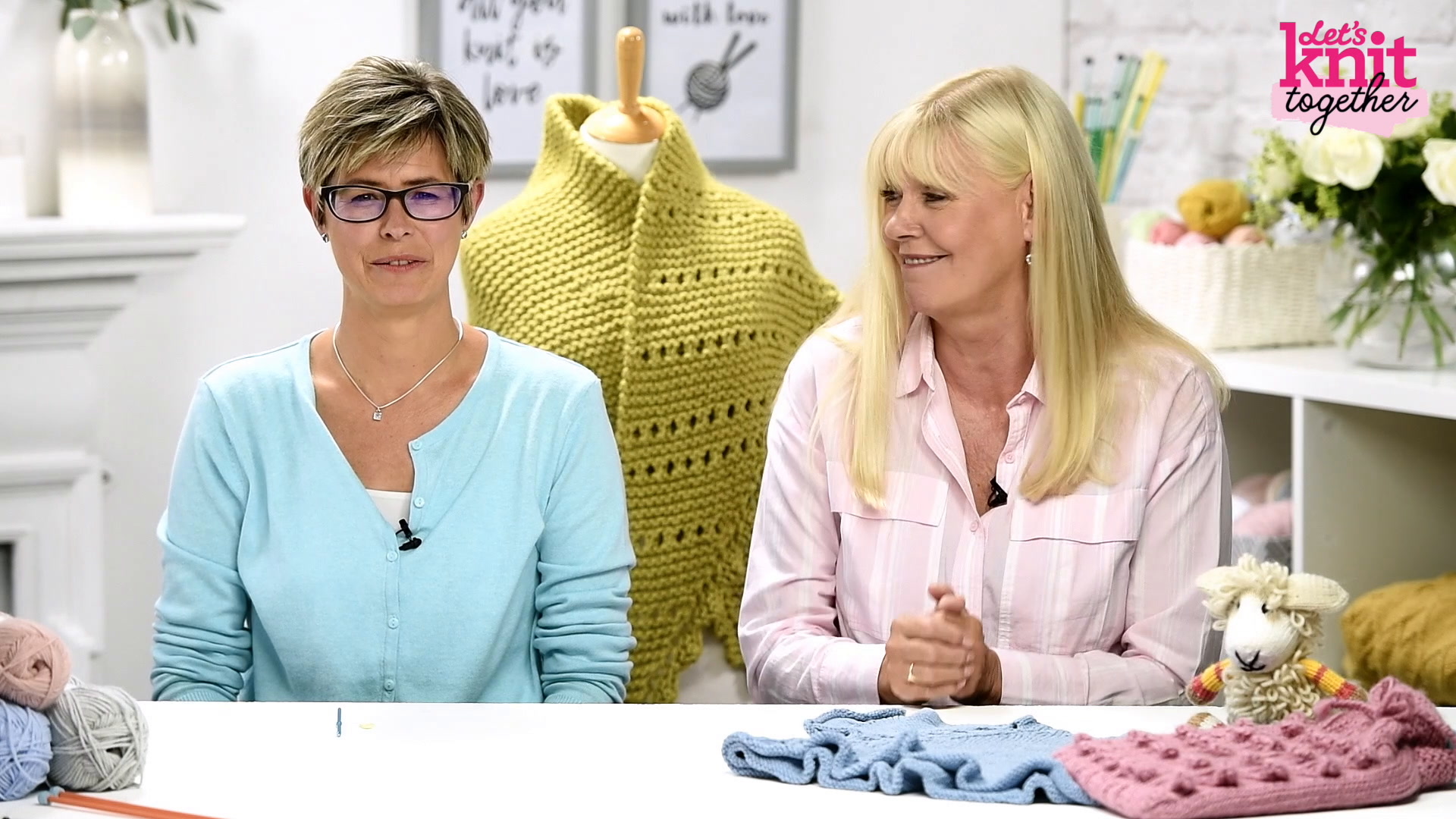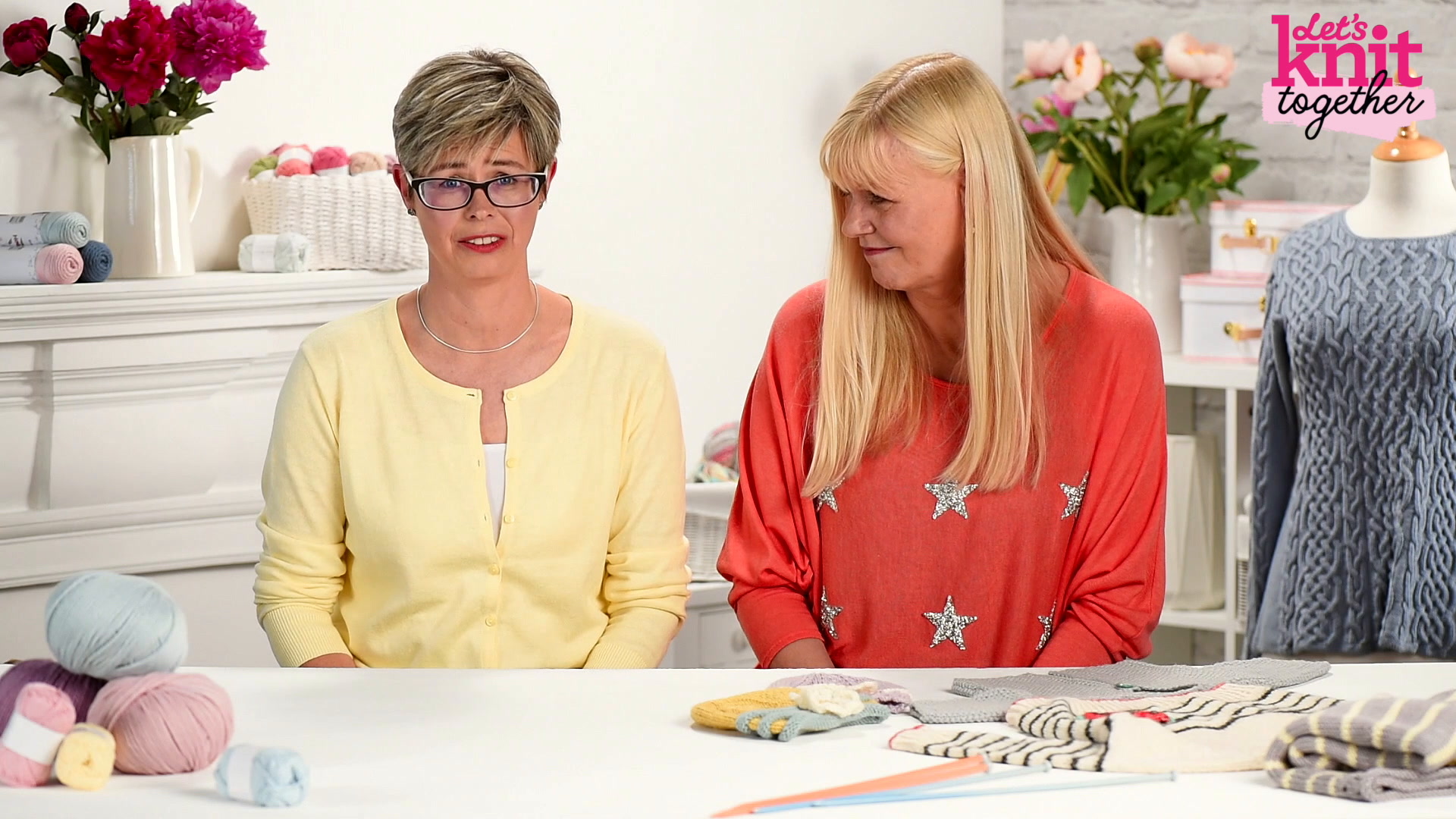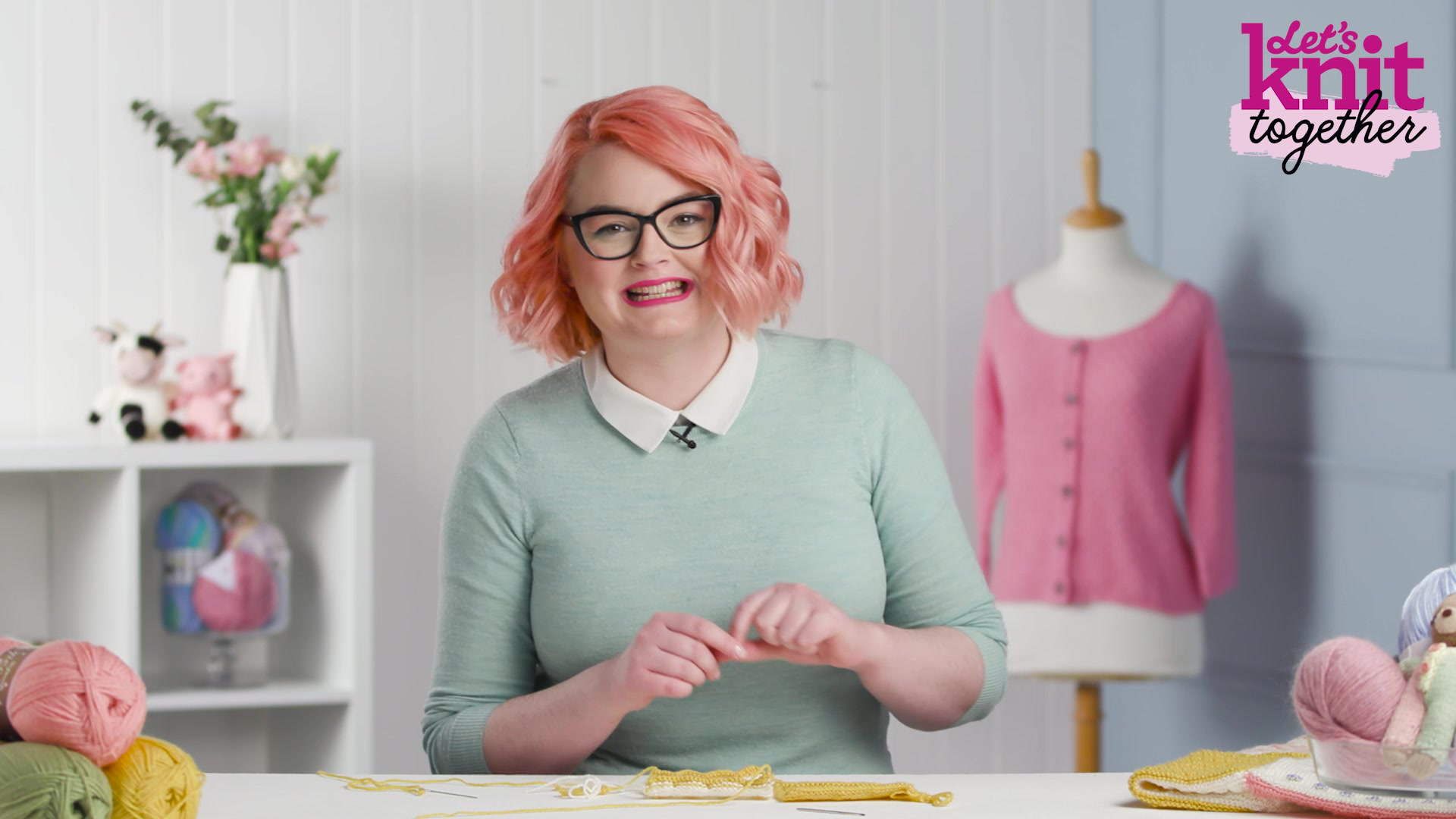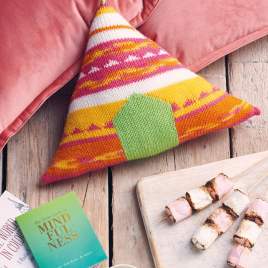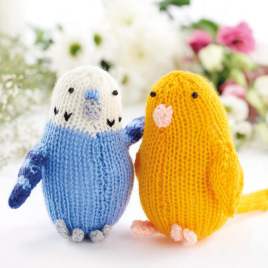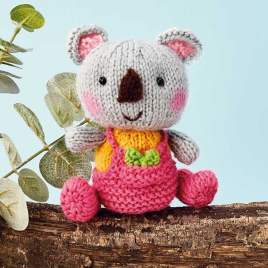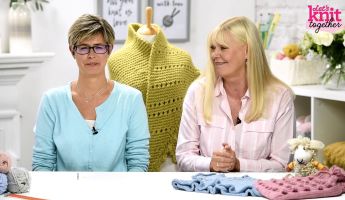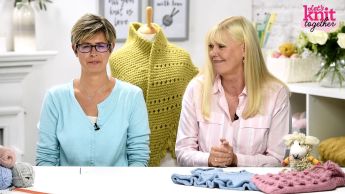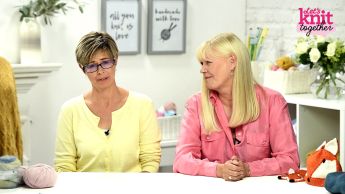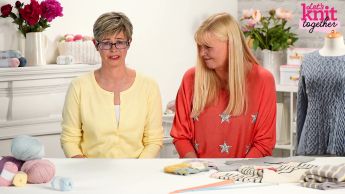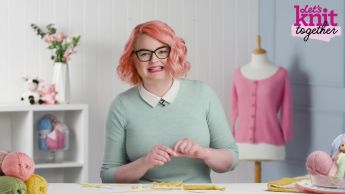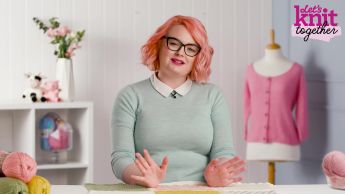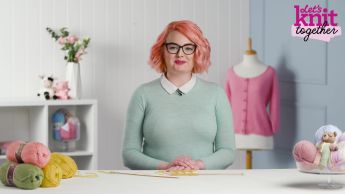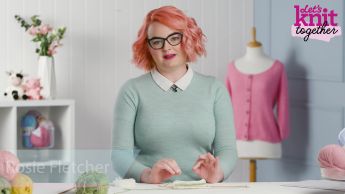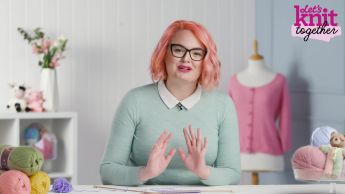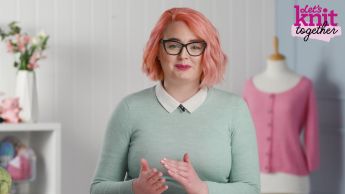How to: increase a knit stitch (kfb)
video by
Let's Knit Together
- Overview
- Practical Guides
In a pattern, kfb stands for 'knit into the front and back of the same stitch' and adds one stitch to your needle. This may leave a small bar, depending on your pattern.
This stitch can be used to gradually increase the width of a sleeve, where the horizontal bars created by the extra stitches are not noticeable.
A kfb increase is often found at the edge of a row as this method leaves a small bar under the extra stitch when worked in a stocking stitch fabric, and depending on the tension, possibly a small gap as well. If the stitches are at the edge, these effects may not be noticeable and may even be swallowed by a seam – although kfbs can also be used as a decorative effect, especially if the increases are at regular intervals and in line with each other. When you lift this stitch off the needle, you’ll have two stitches – the first stitch looks like a normal V stitch, but the extra stitch has a short bar at its base on the right side in stocking stitch. The bars are fairly invisible in garter stitch. Patterns may use a variety of different increase and decrease stitches, so be sure to use the right one to match the pattern exactly.



